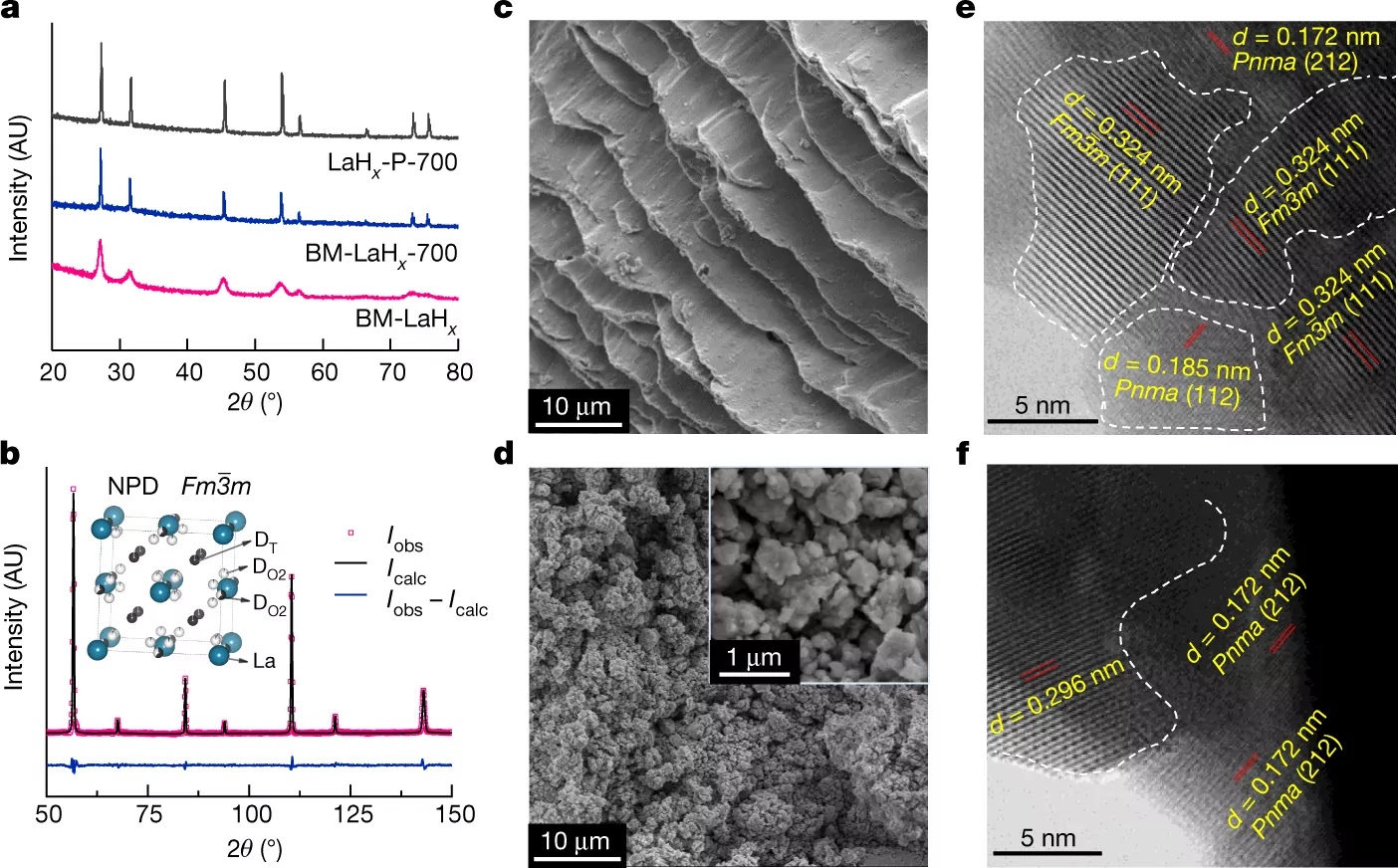Breakthrough in Superionic Hydride Ion Conductivity
Introduction: Superionic conductors are materials that conduct electricity by the movement of ions rather than electrons. These materials have the potential to revolutionize energy storage and conversion technologies by improving the efficiency and performance of batteries and fuel cells. Recently, a team of scientists made a breakthrough in the development of superionic conductors by discovering a new method for creating pure H+ conductors. In this article, we will discuss the significance of this discovery and the potential applications of superionic conductors.
What are Superionic Conductors? Superionic conductors are materials that exhibit extremely high ion mobility at relatively low temperatures. In these materials, the ions are highly disordered and move through the lattice at a rate similar to that of a liquid. The mobility of these ions makes them highly conductive, and they are often used as electrolytes in batteries and fuel cells.
Also Read:- Final Fantasy XIV Update 6.4: Expected Features and Changes
- Goat Simulator 3's Easter Update Brings New Fun to the Game
New Method for Pure H+ Conductors: In a recent publication in the journal Nature, a team of scientists described a new method for creating pure H+ conductors. The method involves synthesizing a superionic hydride using high-pressure and high-temperature conditions. The resulting material, Li3YCl6H3, was found to exhibit high proton conductivity at room temperature and ambient pressure.
Potential Applications: The discovery of a new method for creating pure H+ conductors has the potential to revolutionize energy storage and conversion technologies. The high proton conductivity of these materials makes them ideal for use as electrolytes in fuel cells and batteries. Fuel cells are devices that convert chemical energy into electrical energy, and they rely on the movement of ions through an electrolyte to produce a current. The use of superionic conductors as electrolytes could improve the efficiency and performance of fuel cells by allowing for faster ion transport and reducing the resistance of the electrolyte.
Similarly, the use of superionic conductors as electrolytes in batteries could improve their performance by allowing for faster charging and discharging times. Additionally, the use of superionic conductors could lead to the development of new types of batteries, such as solid-state batteries, which have the potential to be safer and more efficient than current battery technologies.
The discovery of a new method for creating pure H+ conductors is a significant breakthrough in the development of superionic conductors. These materials have the potential to revolutionize energy storage and conversion technologies by improving the efficiency and performance of batteries and fuel cells. The use of superionic conductors as electrolytes could lead to the development of safer, more efficient, and longer-lasting energy storage devices. The potential applications of superionic conductors are vast, and further research is needed to fully understand their properties and potential.
Read More:- Samsung's 2023 Lineup: An Overview of Smart Monitors, TVs, and Audio Range
- Ptron Launches Basspods Encore at an Introductory Price of Rs. 899
That's it for this article.
Thanks for Visiting Us – fixyanet.com



0 Comments